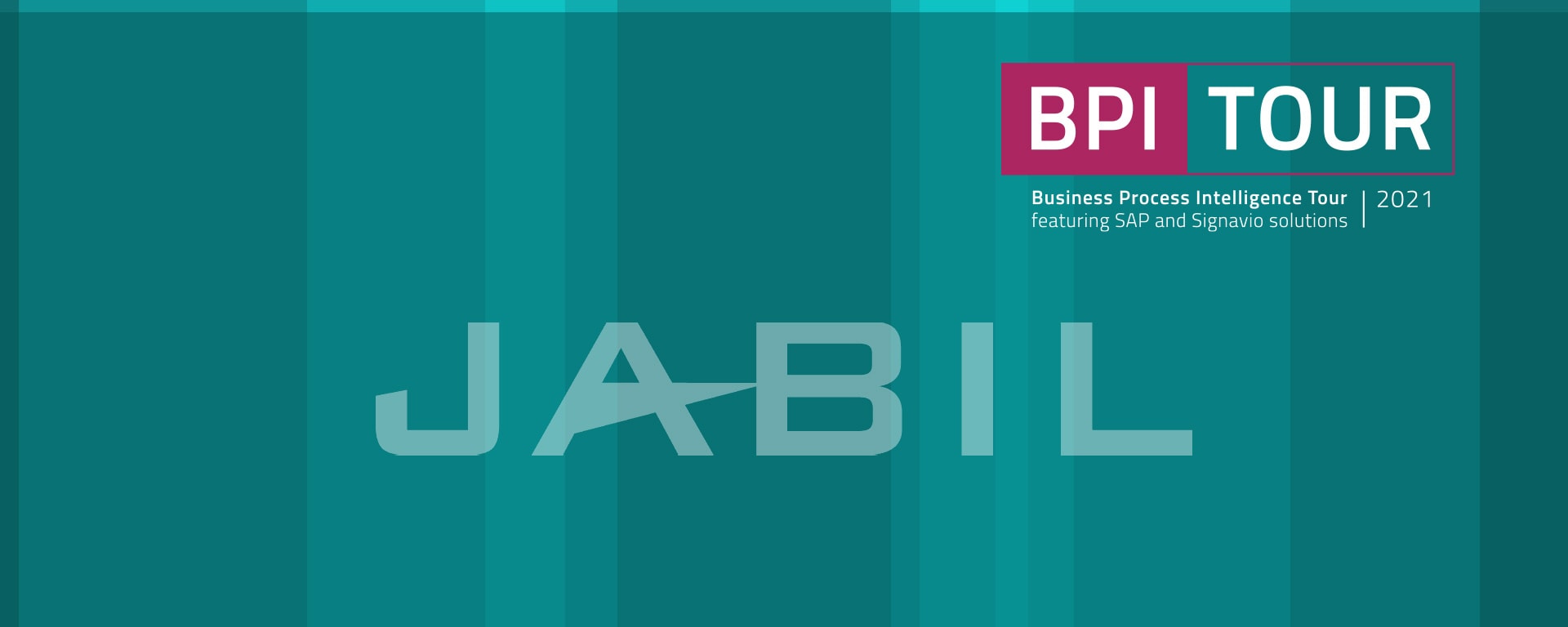Jabil’s ultimate vision is to be the world’s most technologically advanced and trusted manufacturing solutions provider. But for a company the size of Jabil, approaching digital transformation via BPM is a true challenge, especially as the organization sought to transform collaboratively and determine how to drive process change from the factory floor.
Key to this transformation was the question of how an organization of such size and scale — with 200K employees, 100+ global sites, and annual revenues of $25 billion — understand what is happening with its processes globally? Even with a clear picture, how can all the innovation be captured and harnessed effectively, from the factory floor to Jabil’s subject matter experts?
Three elements for efficient process management
Jabil was already a process-focused company. But Michal and the team wanted to take this even further, to connect processes, understand dependencies and create a place to leverage skills and ideas within the organization. As Jabil started planning BPM, a primary consideration was how the organization could keep control of the costs as the operating environment became more complex.
Michal outlined the three key elements required. For successful and efficient process management, you must:
- Standardize – your processes must become digitized, with functions connected and all employees guaranteed access.
- Innovate - when you understand your processes, it’s much easier to know where improvement is required, and to run your transformation projects.
- Transform – this is where you implement your transformation and in doing so, aim to create an entirely new value proposition.
Jabil utilized what it refers to as 'Integrated Blueprint Management' (IBPM), an structured management system that enables the translation of strategy into ‘how’ Jabil needs to change its internal processes, technologies, and people to deliver on the promised value.
This identified two main use cases: operational excellence and strategic operational improvements. As an outcome of the transformation, Jabil aimed to create an entirely new value proposition for its customers.
IBPM and GPS
Michal drew a comparison between IBPM and GPS. For either to be helpful, you need to know your destination before you start. And, while people don’t usually care too much about how the latest software upgrades for GPS, or how maps are accessed, it simply wouldn’t work without those component parts. IBPM is just the same.
The five key pillars IBPM needs to work efficiently are:
- End-to-end integrated blueprints – digitize your processes and ensure they can all be found in one place.
- Blueprint roles and accountability – which individuals are involved with your processes, and who is responsive and responsible for them?
- Blueprint management teams and forums – can you get the right people talking with the right functions? (For Jabil, this was subject matter experts, as well as workers on the factory floor.)
- Common collaboration platform – what’s the best way to communicate everything that is happening with IBPM? (The SAP Signavio Process Collaboration Hub was critical to Jabil in this regard, ensuring communication with subject matter experts took place almost in real-time.)
- Process performance management – with all the previous pillars, how do you know if processes are performing well?
Together they all play a critical role. To support Jabil’s drive to improve sustainable operational excellence, it needed clear process-driven architecture, starting with processes through SOPs, tools, KPIs, and data to examine how processes were being followed.
This final step was critical. Jabil analyzed its processes globally, by region, looking to understand if processes were being followed and, if not, why was that? Using BPM made this much more straightforward.
Think big, start small
Michal wrapped up by reiterating his approach to digital transformation and IBPM – think big but start small. You need to have big objectives, but you will never achieve them in one step, so take things at your own pace. While considering how to drive process change from the factory floor, you must also ensure you have support from senior teams. With this in place, apply the five pillars, and you will be on the path towards a self-sustaining and self-improving process environment.
To learn more about the importance of collaboration in business transformation, visit the dedicated Signavio BPI Tour 2021 landing page today.

